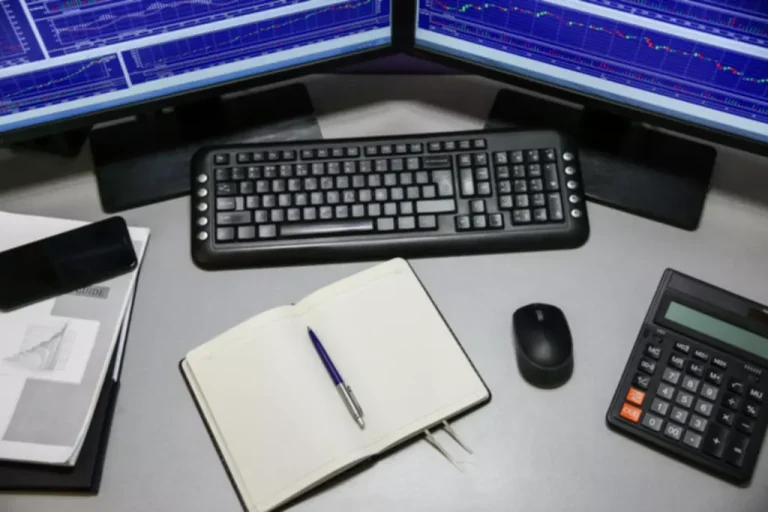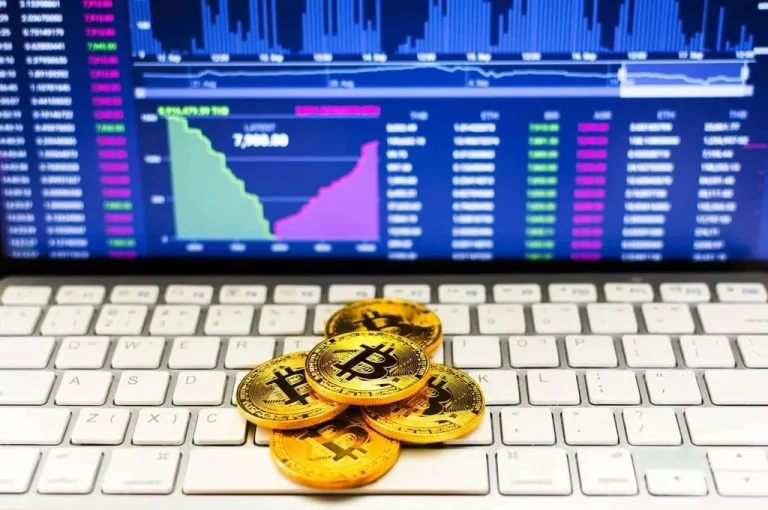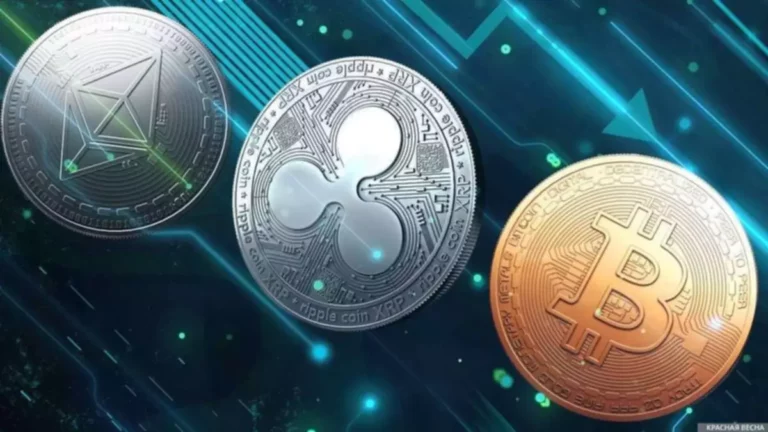On the whole, despite its woes that are definitely in the past now, if you’re in the SEPA and are looking to buy Bitcoin, you have little reason to steer clear of Bitstamp. As opposed to Binance, Coinbase has heftier fees, but that also depends on your trading volume. To make sense out of the bigger picture, though, we recommend taking a look at their disclosure on how the fees scale up. In general, the flat fee can be anywhere between $0.99 and $2.99, while the variable percentage fee can be up to 3.99%. The majority of cryptocurrency traders are concerned with trading charges.
- This is especially beneficial for traders who transact with significant volumes.
- However,CEXs will still continue to eat up the bigger market share, as their trading volume, even now, is at least 10 times greater than DEX’s trading volume.
- It is a cautionary tale of what can happen when too much trust is placed in a single organization to store cryptocurrency.
- The regulatory aspect of centralized exchanges ensures better safety and transparency by ensuring that the exchange operates within the limits of the law.
- In the past, some centralized exchanges have worked hard to recover user losses with varying results.
- When it comes to actually trading, Independent Reserve offers 24 cryptocurrencies and numerous pairs.
- Since the founder, Jesse Powell, got the idea of developing a crypto exchange after witnessing Mt. Gox crash and burn, one would assume that Kraken takes its security rather seriously.
The fees start at 0.1% and 0.2% for maker and taker respectively, and may further be reduced as you get higher up in your trading volume. The maker fee can reach zero upon achieving a trading volume of $7.5 million over 30 days. On a more general note, Bitfinex offers over 90 altcoins and accepts fiat deposits in USD, EUR, JPY, and GBP. Moreover, you also have the option to buy crypto via credit or debit card (or through a bank account), making trading “as easy as shopping”. Similarly to Kraken, CEX.io’s fees, by and large, depend on how much you’re trading. The important bit is that the deposit fees are usually in the 3 to 4% range, while the transaction fees can go as low as 0.10% and 0% (taker and maker respectively).
You are unable to access moneywise.com
Since decentralized crypto exchanges are peer-to-peer by nature, they also don’t pose any restrictions for international traders. A detailed understanding of ‘how do centralized crypto exchanges work’ can help you find out the importance of trading volume in centralized exchanges. Higher trading volume translates to lower volatility and market fluctuations, thereby restricting the possibilities of market manipulation on CEXs. Since the time required for completing transactions is considerably larger, the price of a specific coin or token could change between the time of initiating and completing transactions. Higher trading volumes could ensure faster transaction processing, thereby avoiding the impact of fluctuations. The differences between DEXs and centralized crypto exchange platforms show that both of them have advantages and setbacks.

In fact, they founded Gemini in 2015 by being early investors in crypto using the money they had won from the legal proceedings. Other than in the US, Gemini is also accessible from Australia, Hong Kong, South Korea, Puerto Rico, Singapore, and the UK. Their listings also include 400 trading pairs which certainly won’t leave you devoid of options. To top things off, Binance also has its own coin – the Binance Coin (BNB) – which can allow for up to 25% discounts in trading fees when using it. Cryptocurrency and its facilitators have always been surrounded by regulatory challenges.
What Is a Decentralized Exchange (DEX), and How Do DEXs Work?
Since becoming functional, DEXs have revolutionized crypto trading once again. They have contributed to pushing the crypto industry down the path of true decentralization. CEXs generally offer higher liquidity due to their large user base and centralized order book. On the downside, this can lead to sudden changes in trading conditions like volatility, market manipulation, and even the delisting of certain assets, affecting your trading strategies and portfolio. This is because they control the order book, and all transactions occur directly through their systems and liquidity pools.
The debate between centralized and decentralized exchanges is an integral highlight of the existing crypto landscape. On the other hand, you could choose a platform from a centralized crypto exchange list by reviewing the facility of specific features. It is practically impossible to consider a specific crypto exchange as the best choice for every crypto user. You need to choose crypto exchanges which could cater to your specific goals. In the case of a centralized cryptocurrency exchange, you need to look for features such as user-friendliness and low costs.
Centralized vs Decentralized Exchanges
On top of it, the centralized exchanges can also ensure the availability of data about orders for helping network participants in analysis to ensure effective investment decisions. In addition, developers could list the native tokens of their projects by qualifying the vetting process. CEXs also ensure decentralization, as users don’t interact with a broker to place orders. On the contrary, users have their assets in their wallets and can move them to the exchange whenever they want to trade.

Just like investing in stocks, whenever you make capital gains while trading cryptocurrencies, you have to report it in your taxes. Some platforms provide you with Form 1099-B, which tracks your gains and losses, making it easier to file taxes later on. Since taxes can be tricky, especially for beginners, finding a platform that provides you with that information can make filing taxes less stressful. Once you set up the wallet on the centralized exchange, you can begin your first transaction.
What are Phemex’s Features?
If you want to buy crypto using fiat currency, say USD, you would have to use a centralized exchange, as most DEXs do not support fiat currencies such as dollars or euros. This means to buy crypto for the first time, and you will usually need to use a CEX and undergo the KYC process at some point. A centralized exchange uses an order book system to facilitate crypto trading. It lists all the buy and sell orders, displaying the price and quantity of each order. An order book records ongoing trading activity and allows the user to see the current market depth and liquidity.

The wallet is an important part of paying and receiving cryptocurrencies through the CEX. Centralized exchanges (CEXs) are a type of cryptocurrency exchange that is operated centralized exchange meaning by a company that owns it in a centralized manner. Now that you’ve learned what a centralized crypto exchange (CEX) is, let’s learn how to choose a good one.
Pros Of Decentralized Exchange
This allows more secure transactions, as well as greater privacy and anonymity. Additionally, decentralized exchanges are often resistant to censorship, meaning that users can trade freely without fear of their trades being blocked or reversed. Irrespective of the type of cryptocurrency exchange, all exchanges charge a certain percentage as a trading fee irrespective of the trading volume. They facilitate payments by working with commercial banks that enable users to do direct bank transfers or use credit cards. The working of a crypto exchange in a centralized format would also emphasize its role as a custodian of user data. It addresses the management of all data related to transactions and sales and buys orders.
DEX is short for Decentralized Exchange, which run entirely using smart contracts. A CEX is operated by a company, while the system and its community operate a DEX. CEXs can be more convenient, while DEXs are more decentralized and offer greater freedom and security. Over time, they will likely become more convenient and easier to use, but for now, CEXs still have the upper hand in that regard. This role helps protect users privacy/ identity by matching orders against the exchange.
What is a centralized exchange (CEX)?
Crypto deposits and withdrawals on Independent Reserve are completely free, while international and withdrawals in currencies other than AUD come with a flat fee of $20. This method is far safer since no security breach is possible, provided the smart contract is properly constructed. FTX also managed a FTX Backstop Liquidity Fund to ensure liquid assets were on hand to facilitate trading.
But, it is available in more than 200 countries all over the world due to its partnership with Jumio. Despite its enormous value proposition, the AMM model does not substitute centralized order books’ accuracy and performance with centralized liquidity. https://www.xcritical.com/ Holding $10,000 worth of FTT yielded a 15% discount on fees, while holding $100,000 of FTT yielded a discount of 25%. FTX closed a $400 million series C venture capital funding round in January 2022 valuing the company at $32 billion.
In separate comments to a Vox reporter, he expressed regret over filing for bankruptcy, noting that regulators “make everything worse.” Bahamas-based FTX and its FTX US affiliate had overlapping management teams but separate capital structures. DEXs often allow for more anonymous transactions, which don’t require extensive KYC procedures.

